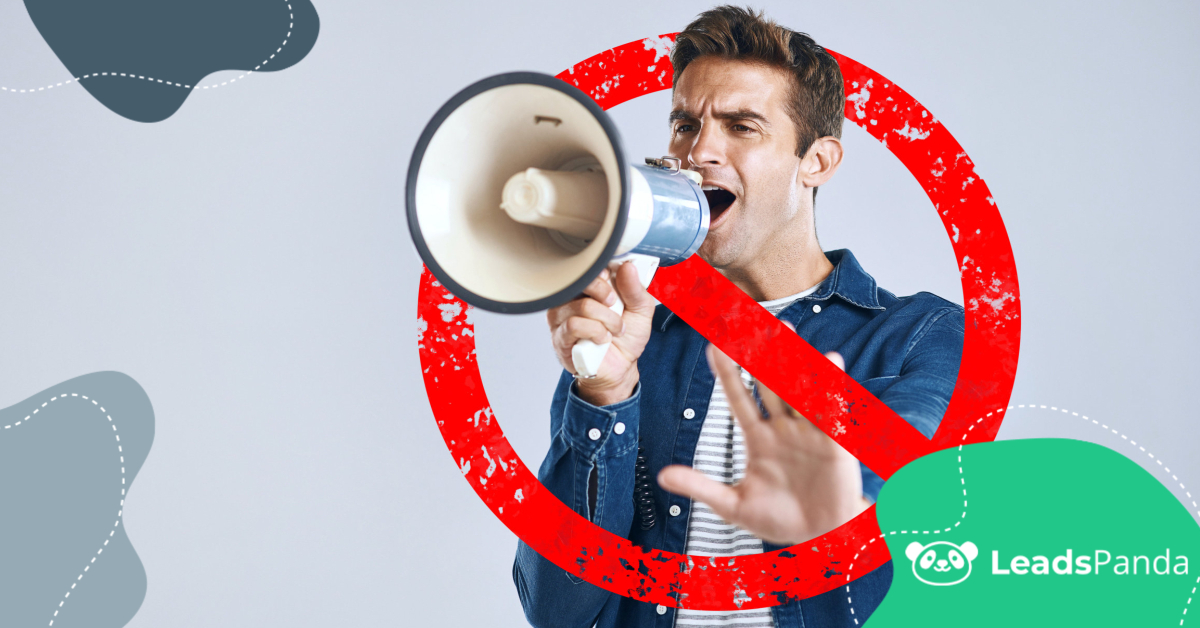3 Simple Ways You Can Personalize Your Ecommerce Strategy
Given the tools and resources available to marketers today, customers will expect ecommerce sites to deliver impeccable customer service, quality products, and a personalized shopping experience.
Unfortunately, 72% of marketers admit that while they understand the relevance of providing a personalized experience to customers, they also don’t know how they can do this effectively.
That’s a huge chunk of people running businesses who fail to deliver revenue and customer engagement simply because they don’t implement personalization elements and techniques.
Add to this the following statistics as well:
- 53% of online shoppers consider personalization an important factor of their shopping experience.
- 57% of shoppers will give away their personal information to gain the benefits of personalization.
- 56% say that they would likely shop with retailers who provide personalization.
- 74% get turned of by unrelated content while shopping.
- 48% are likely to spend more if their ecommerce shopping experience is personalized.
Needless to say that given the competitive nature of businesses today, it’s critical that you start looking into how you can deliver personalization to your customers. Here are a few tips to get you started.
1. Segment your audience effectively
Different customers mean they will have different goals. While some may know exactly what they want to do and purchase on your site, others may be there to simply browse; some could even be just curious about what you have to offer and need a little more prodding to get through your sales funnel.
That said, it means you can’t simply present a single popup with the same message, or display the same items to upsell. Customers who look like they are about to bounce off your site could be presented a personalized message that gives them more incentive to stick around. Others who have filled their shopping carts but are yet to complete their purchases could be shown discount coupons to push conversion.
Audience segmentation can help you determine these things and figure out what the best messages and next steps for them are.
2. Communicate and reach out to your customers
Emails are still one of the most effective ways to reach out to customers. This is precisely why ecommerce sites make newsletters an important part of their marketing strategies.
To do this, it’s important that your site is able to facilitate the collection of email addresses from your customers.
Once you have this particular information, you can segment your customers into different groups and retarget your campaigns to make sure they reach the right people. Even something as simple as sending them weekly updates and addressing them by their first name is a great way to connect with your users.
3. Use the right tools to reach out to users in real time
It may seem like this is particularly hard to achieve, but adjusting your website’s offerings to follow individual user behaviour in real time is a lot more feasible and certainly more effective than you would think.
Simple, real-time personalization tools are now available for marketers. These allow you track user behaviour based on numerous factors so you can modify your website offerings.
For instance, you can provide personalized real-time message, show custom retargeting ads for specific users, provide exclusive product recommendations for certain audiences, show popups based on geo-locations, feature time-sensitive promotions, prevent them from bouncing off with exit-intent popups, and pitch other personalized offers.
Keep in mind that all these are intended to define a bespoke shopping experience for users who deserve to have everything tailored to their needs. By taking these things into consideration, you’re carefully nudging them towards completing a purchase on your site, and become loyal customers.
The best way to determine if these efforts are paying off? Testing. If you’re working with a reputable company to help you with your business’ personalization efforts, they will also be offering ways for you to conduct A/B tests so you can adjust your strategies accordingly.
Plus, these simple tips are actionable and can be applied quickly, so give it a try. If you have any questions, feel free to leave a comment below and we’ll try to get back to you as soon as possible.
Share This Story
Get the latest growth ideas, strategies, and best practices delivered to your inbox.
Quick read that helps 7000+ subscribers.









